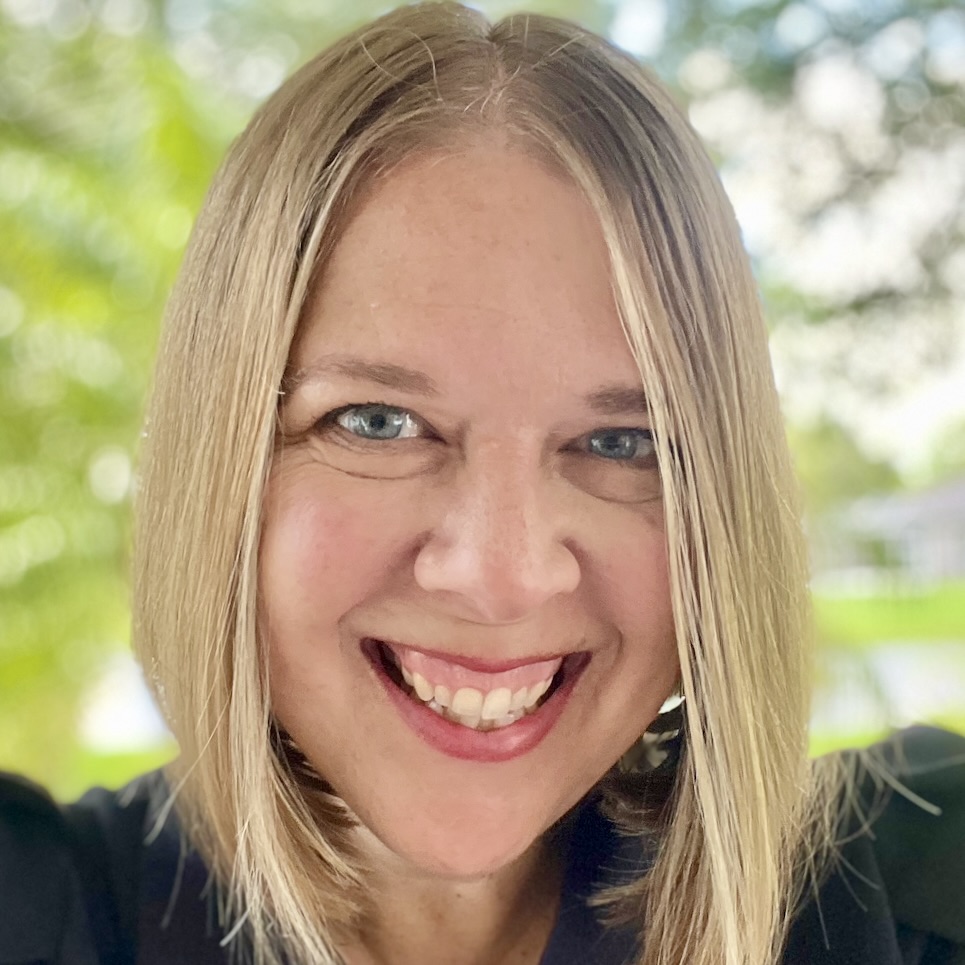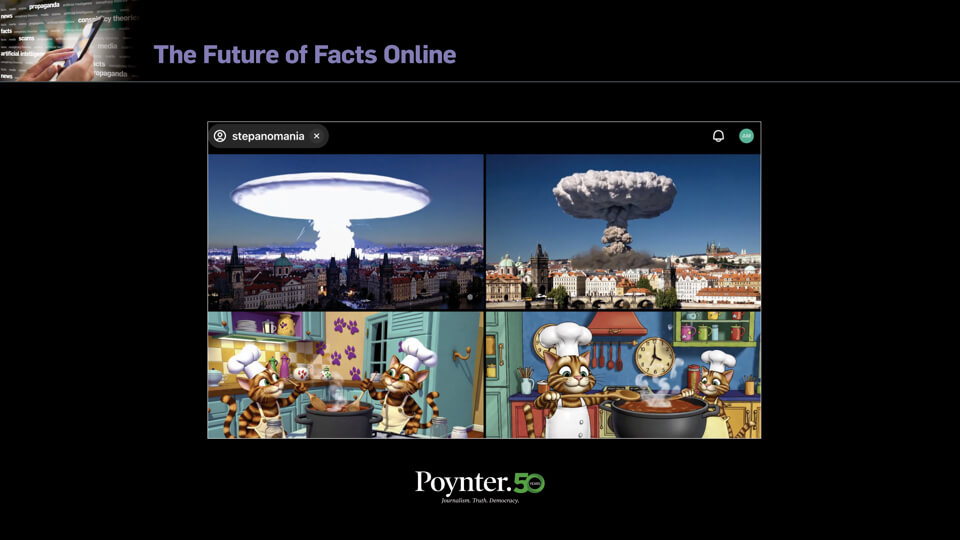Editor’s note: We’ve republished this story following the Saturday arrest of Jeffrey Epstein. It was originally published Nov. 28, 2018.
The retired police chief initially did not want to talk to the reporter, but not because he did not want to talk.
He feared the subject of the story had so much power that the story would get killed.
A lot of people felt that way, said Julie K. Brown, an investigative reporter at the Miami Herald.
In November of 2018, she and the Herald proved them wrong.
Brown’s investigation “Perversion of Justice,” reveals a wealthy Florida businessman who sexually abused and trafficked underage girls for years and the people in the criminal justice system who worked with him to help him basically get away with it, including Alexander Acosta, now President Donald Trump’s labor secretary.
“This is the story of how (Jeffery) Epstein, bolstered by unlimited funds and represented by a powerhouse legal team, was able to manipulate the criminal justice system,” Brown wrote in the first part of the series, “and how his accusers, still traumatized by their pasts, believe they were betrayed by the very prosecutors who pledged to protect them.”
Layers
Brown didn’t plan to spend more than a year on “Perversion of Justice.”
The investigative reporter, who has been at the Herald since 2005, covers Florida prisons and worked on a series about women’s prisons. She knew that sex trafficking of women, “especially poor women,” was a real issue.
“It always bothered me that we were covering these little guys who were getting caught,” she said.
Related: How the Miami Herald is getting to know its audience again
But every time Brown Googled “sex trafficking” and “Florida,” Epstein’s name came up. She started reading everything she could find about him. Last year, when Acosta was nominated to his current role, Brown knew he had held the reins of Epstein’s case.
“I really think we should look at this,” she told her editor.
She knew there were things in his court cases that people had never heard before; how prosecutors violated the Victim Rights Act in how they handled, and ultimately buried, Epstein’s crimes and news of them.
As she continued her reporting, Brown said she started to realize how big the case really was.
“It was like an onion,” she said. “… With every record that I got, it was like, I can’t believe this. It was just more and more information.”
By carefully combing through court records, Brown was able to identify 80 possible victims. She reached 60 of them, and four spoke with her on the record. It was important to her that everything in the story was backed up by court documents. A footnote to the investigation notes that the Herald got “thousands of FBI and court records, lawsuits, and witness depositions, and went to federal court in New York to access sealed documents…”
The challenge was finding what hadn’t yet been reported about someone who’d made a lot of news, said Casey Frank, the Herald’s investigations editor. He said Brown quickly saw that prosecutors and defense attorneys were working together against the victims.
“What’s new about this is that we lifted the sewer lid off of something that was really unseen and behind the scenes and truly wasn’t told until now,” Frank said.
‘I’m a paper person’
On Wednesday, Brown sat at her desk as she spoke to Poynter, surrounded by file boxes full of records.
“I’m a paper person,” she said.
Those papers are key to how she organizes her investigations. She has a file for each victim. It’s basic, she said, but the key to projects is getting organized.
For a good part of her reporting, Brown was just covering this story. But when big news broke, including the Parkland shooting and a hurricane, she dropped the work to pitch in at the Herald. Her file system helped her easily get to details as she returned to the reporting and the fact-checking process.
“This is like a mystery and you want to keep going to the next chapter, but if you don’t stop and really lay the groundwork for the next chapter, then you’re going to regret it at the end.”
On Wednesday morning, Brown heard from the women she spoke with for her investigation.
“They just said ‘Thank you so much for all that you did and your work and giving us a voice. I just feel like finally somebody told our story the way it should have been told,’” Brown said. “Nobody listened to them before.”
On Wednesday, four of the Herald’s top five stories were Brown’s series, despite starting the day behind a viral Herald story, “Woman passes gas in store, then pulls knife on an offended customer, cops say.”
“What’s gratifying about this is that we were able to do something that was important and really had something to say and was a well-executed investigative piece and it blew the lid off of our traffic today,” he said. “Lesson learned. Good investigative journalism will bring readers to our site, and that is such a reassuring message at times like this when everyone struggles and looks for the magic formula. This tells us that really good investigative journalism is that formula, or at least a good part of that formula.”










[…] publication, the Herald’s investigation has been widely credited with bringing public consideration again to Mr. Epstein’s deal. It was additionally referenced […]
[…] publication, the Herald’s investigation has been widely credited with bringing public attention back to Mr. Epstein’s deal. It was also referenced obliquely by […]
[…] publication, the Herald’s investigation has been widely credited with bringing public attention back to Mr. Epstein’s deal. It was also referenced obliquely by […]
[…] publication, the Herald’s investigation has beenwidely creditedwith bringing public attention back to Mr. Epstein’s deal. It was also referenced obliquely by […]
[…] e-newsletter, the Herald’s investigation has been widely credited with bringing public attention lend a hand to Mr. Epstein’s deal. It used to be also referenced […]
[…] publication, the Herald’s investigation has been widely credited with bringing public attention back to Mr. Epstein’s deal. It was also referenced obliquely by […]
[…] publication, the Herald’s investigation has been widely credited with bringing public attention back to Mr. Epstein’s deal. It was also referenced obliquely by […]
[…] publication, the Herald’s investigation has been widely credited with bringing public attention back to Mr. Epstein’s deal. It was also referenced obliquely by […]
[…] publication, the Herald’s investigation has been widely credited with bringing public attention back to Mr. Epstein’s deal. They were also referenced obliquely by […]